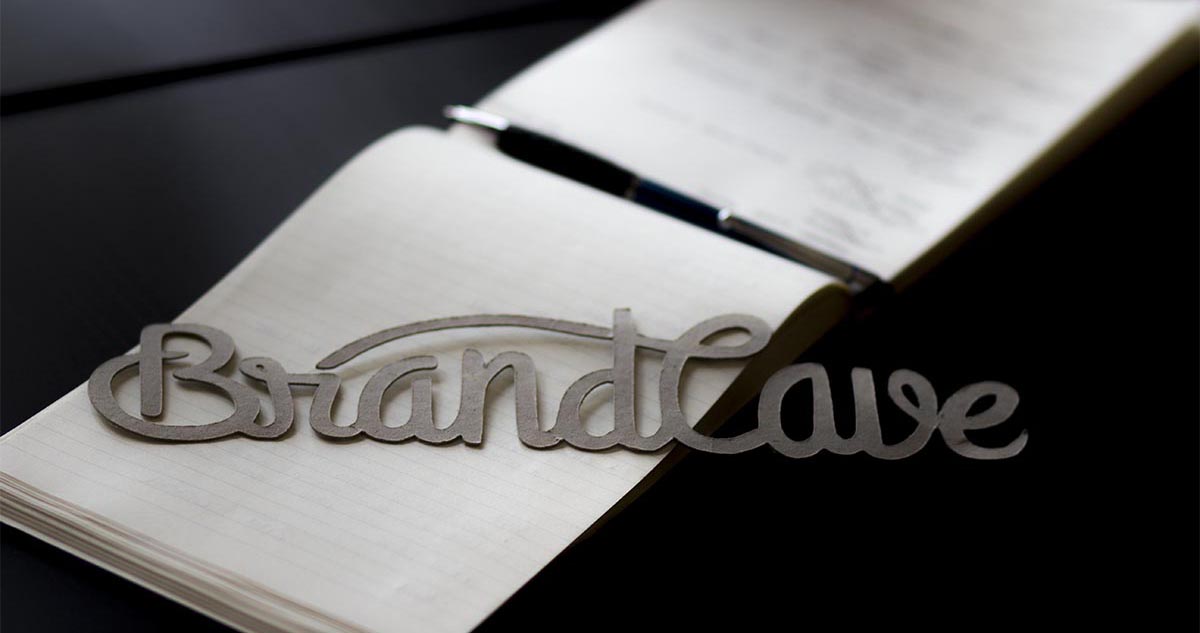In the past, public relations has been about outbound marketing techniques – and, to a large extent, it still is. But, due to the emergence of content marketing and search engine marketing, PR tools and practices have changed. Things that had once been under the purview of inbound marketers are becoming increasingly important for PR.
The goal of PR is to create narratives that advance agendas of a company. It’s a strategic communications process that increases brand awareness and strong relationships with target audiences. In the age of the internet, accomplishing these ends requires the acquisition and optimization of several PR tools.
SEO
Search engine optimization, or SEO, might seem odd to consider one of your PR tools. It’s so technical. It requires measuring analytics for keywords and understanding how the algorithms of search engines read websites. At first glance, the goals of SEO and PR don’t seem to overlap, but SEO can help you get your PR materials in front of the right people.
The process of SEO begins by discovering relevant keyword that can be used to optimize a piece of content. In the case of PR, that content might be press releases, blogs, whitepapers or social media posts. The appropriate keyword is a term or phrase that is relevant to your target audience, has a decent search volume and a difficulty level comparable to your website.
Now, incorporating SEO tactics into your PR strategy may be good for customers, but is it useful when targeting journalists? Yes! A study in 2008 put the percentage of journalists who use search engines such as Google in their job at 91%. In the last eight years, I’m willing to bet a large chunk of that remaining 9% has come around to the idea, too.
Utilizing SEO for PR requires adapting more PR-specific tactics. For instance, when you optimize your press releases for a keyword, think about individuals more than search engines. Use your chosen keyword about 2-4 times for every 500 words, and be sure that the term appears in the metadata, title and subheadings. Humans read press releases more than search engines do so it needs to be readable to an eye and not an algorithm.
PPC
PR is not advertising. However, pay per click, or PPC, can be a helpful tool to facilitate brand awareness and change narratives. Paying for an ad to appear at the top of the search results is a quick way to gain visibility and attention for your brand.
Like SEO, PPC can allow you to target specific groups of people. SEO is for organic searching, though. PPC involves paid ads. While it’s a bit different, it still requires a specific keyword targeting your ideal audience. Brand names, company names and the names of executives can be bid on to create instant visibility. For this reason, PR can use PPC as a platform for media pitching, adapting a pitch to an ad format. Interested parties can click it and be taken to a landing page that shows the pitch in full.
PPC can also help PR counter negative attention. SEO is a long term strategy for improving search results, but if your situation calls for more immediate action, you can turn to PPC. Let’s say that a business has a bad reputation and searching for the company dredges up negative search results. Implementing a PPC campaign can introduce a counterargument to any unflattering press that may show up in the search results.
To manage a crisis that a company finds themselves in, they can use PPC, targeting words relevant to the situation such as “scandal” or “review.” Then, they can direct those who click on the ad to a landing page where the company can explain the circumstances and how they are resolving the issue.
Social Media
When utilized to its full potential, social media can be one of your most valuable PR tools. 51% of journalists use social media to gather new studies (but the source has to be trusted). Do them a favor and meet them halfway. Being active on social media can build links and establish your company as a leader online, thus making you one of those trusted sources journalists and others researching your industry rely upon.
PR is about communication, and one of the things social media allows you to do is reach out directly to your audience. For this reason, executives need to be active on platforms such as Twitter, LinkedIn or Facebook. They can directly share the company’s content and be their company’s own spokesperson online.
Press releases can also be helped by social media. By adding an option to share the press release, you extend its life and virality. Because of this, it’s important to make the story you’re telling more visual and easier to share on social media. You only get 144 characters on Twitter, but an image is worth 1,000 words.
With social media, you don’t have to wait for the press release. Having an active presence means you can respond to news happening in your industry in real time, offering your expert commentary on relevant matters. By the time you get a press release out, it may be too late and you missed your window, but live tweeting ensures that you are part of the conversation. Being part of the conversation is how you get media attention and recognition.
Which PR tools are the best?
PR and marketing firms have a variety of tactics at their disposal, and no single one is more valuable than the rest. The key is coordinating PR tools such as SEO, PPC, and social media to create a cohesive campaign. This doesn’t mean that PR should move away from outbound techniques, but it does mean that PR professionals will have more tools in their toolkit to facilitate communication and engender fruitful relationships with their publics, whoever that may be.
Looking for help building your brand? Brandcave has all of these tools in their toolkit plus many more. Give us a call.

